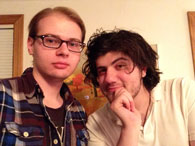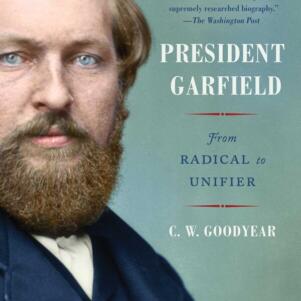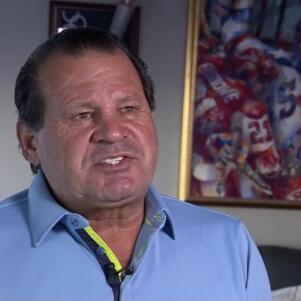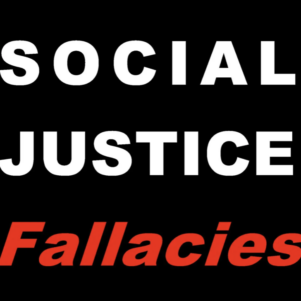The BLOG: Culture
Out of West German recession comes krautrock
The New Noise | February 24, 2016
In 1966 the West German economy fell into a recession. West Germany’s post-WWII economy had proved surprisingly strong, so surprisingly it became known as “Wirtschaftswunder,” meaning “economic miracle.” Its sudden loss became a wake-up call for many students who began to express their dissatisfaction with the government. Additionally, that year also saw the rise of Kurt Georg Kiesinger as Chancellor of West Germany, which proved controversial. Some believed that he would move the government in an authoritarian direction, and since many students at the time were embracing the economic theories of Karl Marx, they were greatly disturbed by this idea. So they began to protest, and the German student movement was born. Although it was unsuccessful in changing the government’s policies, it would have great influence on West Germany’s youth culture, particularly in its music.
Young West Germans were highly interested in experimental art, especially from America and Great Britain. The strange sound of psychedelia was catching on, and would combine with emerging electronic experimentations to create krautrock, which is often described as a genre, but it more accurately simply a way of identifying where and when these various groups came from. Early electronic innovators Kraftwerk are often called krautrock, despite not making ‘rock’ music. Because of this, we’ve decided to focus on possibly the quintessential krautrock band: Can.
Can was formed in 1966 by Irmin Schmidt, David C. Johnson and Holger Czukay, and inspired by Schmidt’s recent trip to New York City. There he met avant-garde composers, saw the works of Andy Warhol, and first heard the Velvet Underground. He became almost obsessed with the potential he now saw in rock music. Schmidt and Czukay had both studied under composer Karlheinz Stockhausen, a pioneer in electronic music, and his influence on Can is obvious.
They would soon add several members to their lineup, but their first release, 1969’s Monster Movie, would prove problematic. According to the liner notes, “(Original vocalist Malcolm) Mooney’s caterwauling signified a group caught in a stoner’s lock groove. Mooney did indeed lose it, suffering a mental breakdown… and returning to America.” Fortunately, Czukay and drummer Jaki Liebezeit discovered a replacement not long after Mooney’s departure. While in Munich they happened to walk by a busker performing outside a café. At the time, Kenji “Damo” Suzuki was traveling through West Germany, supporting himself by busking despite only knowing a few guitar chords and improvising all his lyrics, oftentimes switching between Japanese, German and English. The two were drawn to his energetic and unusual style, and Suzuki ended up performing with the band later that night.
Their next wholly original release, Tago Mago in 1971, is widely considered to be one of the most original and important works of the seventies. Its combination of intensely rhythmic, almost mechanical drumming and improvised guitar, keyboards and vocals, proved an irresistible combination. Liebezeit’s drumming was so intricate and precise that many thought it must have been done by a drum machine, especially on the 18 minute long “Halleluhwah.” That song, along with “Aumgn,” are so long that no other songs could be included on their sides of the album. Therefore, despite only having seven songs, Tago Mago was released on two LPs.
In order to capture the band experimenting, Czukay would secretly record their playing while they thought they were in between takes. He would later edit these into songs, combining bits and fragments until they gained structure. The songs rarely conform to traditional pop/rock structure, especially on the second LP, which is almost entirely avant-garde experimentation.
The result is an album that’s brimming with energy, filled with catchy grooves propelled by Czukay’s bass and Michael Karoli’s guitar, trancelike drumbeats, and hypnotic vocals. Although hugely influential, there are no other bands that sound like Can. We unfortunately don’t have the space to explore the further reaches of krautrock, but we encourage anyone who’s interested to find Krautrocksampler, a book by musicologist Julian Cope, which explores krautrock in incredible detail.
Jimmy McPhee is a former sound engineer for SiriusXM Radio and the former engineering director for WNYU, where he presented the radio shows Unknown Pleasures and Throwing Bricks. Teddy Bunker is a writer whose work has been featured in Structo Magazine, The Harvard Press and the Hofstra Chronicle. Together, they are The New Noise.







